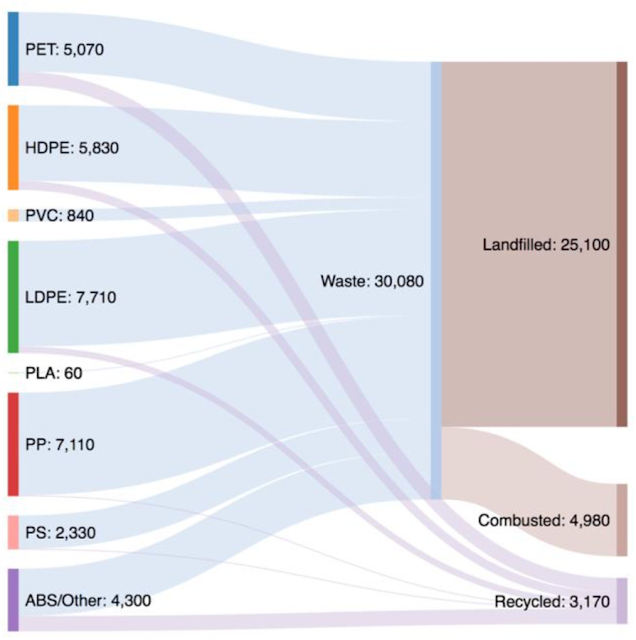Effect of recycling on the mechanical behavior and structure of additively manufactured acrylonitrile butadiene styrene (ABS)
Alex K. Cress 1, Jimmy Huynh1, Eric H. Anderson1, Ryan O’neill1, Yanika Schneider2, Özgür Keleş 1*
1Chemical and Materials Engineering Department, San Jose State University, San Jose, CA, 95192, USA
2EAG Laboratories, 810 Kifer Rd Sunnyvale, CA 94086, USA
Abstract
Fused deposition modeling (FDM) is the most common additive manufacturing system that is increasingly used for industrial and consumer applications. These systems selectively extrude/deposit polymers to manufacture parts directly from computational designs. Therefore, FDM enables conversion of recycled thermoplastic polymers to higher quality products. However, FDM induces porosity, which reduces mechanical performance and causes variations in mechanical properties of fused deposition modeled (FDMed) polymers. A safe and reliable use of FDMed-recycled polymers demands a better understanding of the effect of recycling on the mechanical properties. In this study, we investigated the effect of three rounds of recycling on the stochastic mechanical properties of FDMed ABS. A total of 337 tensile tests were performed on FDMed virgin and recycled ABS. Recycling increased the porosity of FDMed ABS from ~11 vol.% to ~17 vol. %. The tensile and fracture strength decreased by ~10%. The strain at break decreased by 25% from 5.2% to 3.9%, causing a decrease in toughness by 37%. We observed significant variations in the mechanical properties, which were analyzed using Weibull statistics. An S-type deviation from Weibull distribution was observed for strength variations that was related to porosity. Minimal degradation in ABS molecular structure was observed via gel permeation chromatography, Fourier- transform infrared spectroscopy, and thermogravimetric analysis. X-ray fluorescence spectroscopy revealed an increase in elemental iron with recycling.
https://www.sciencedirect.com/science/article/abs/pii/S0959652620337343
Figure 1: Recovery rate for plastic types in the municipal waste stream, in thousands of tons, adapted from (EPA. (2016, December). Advancing Sustainable Materials Management: 2014 Tables and Figures. Environmental Protection Agency.)
)
Posted 10th August 2020 by Ozgur Keles

